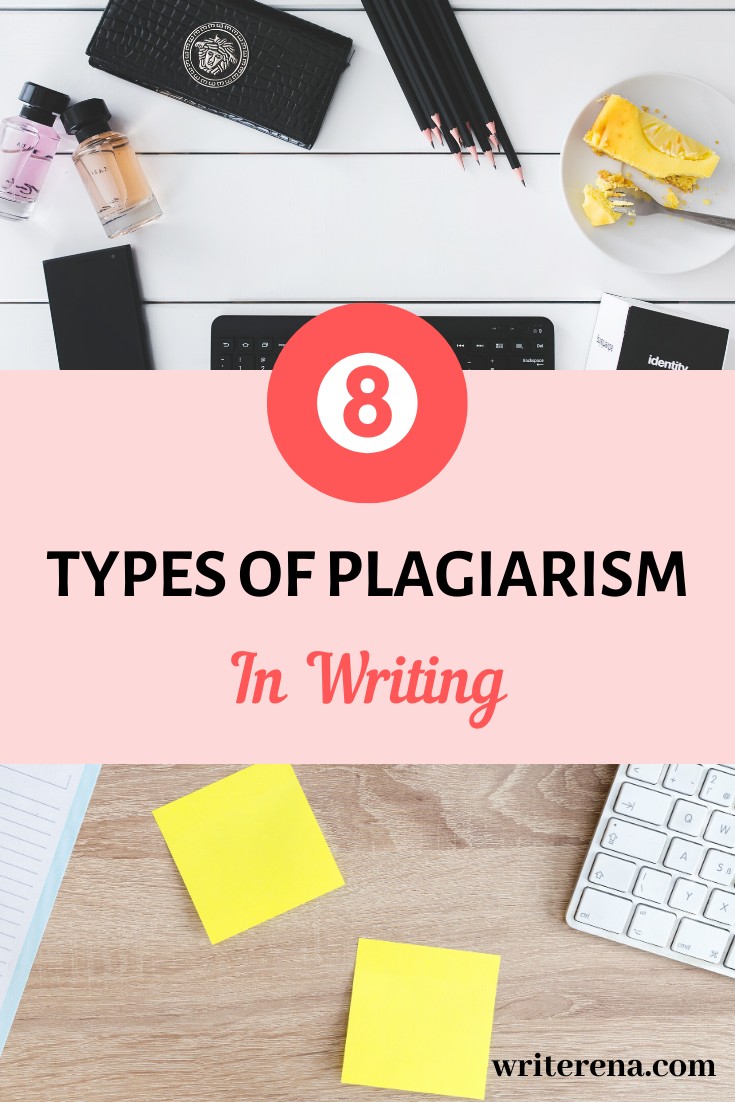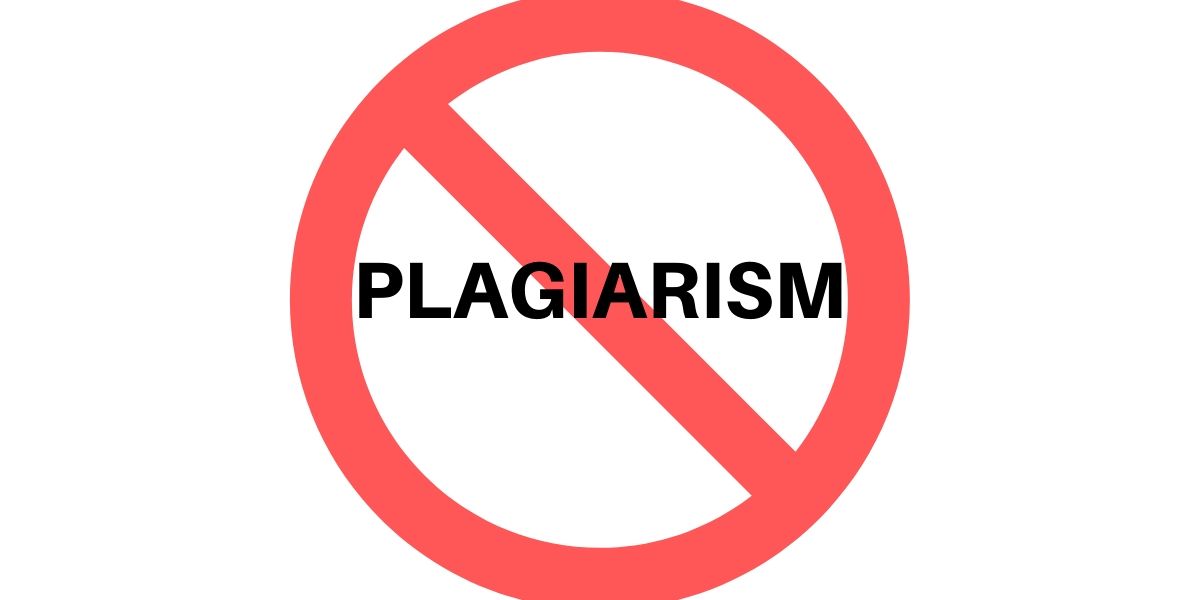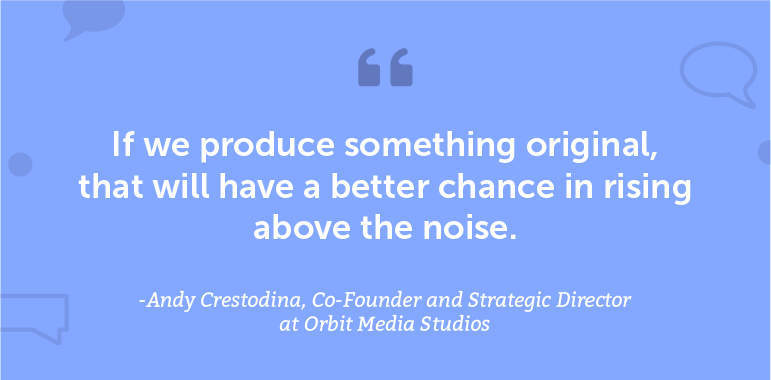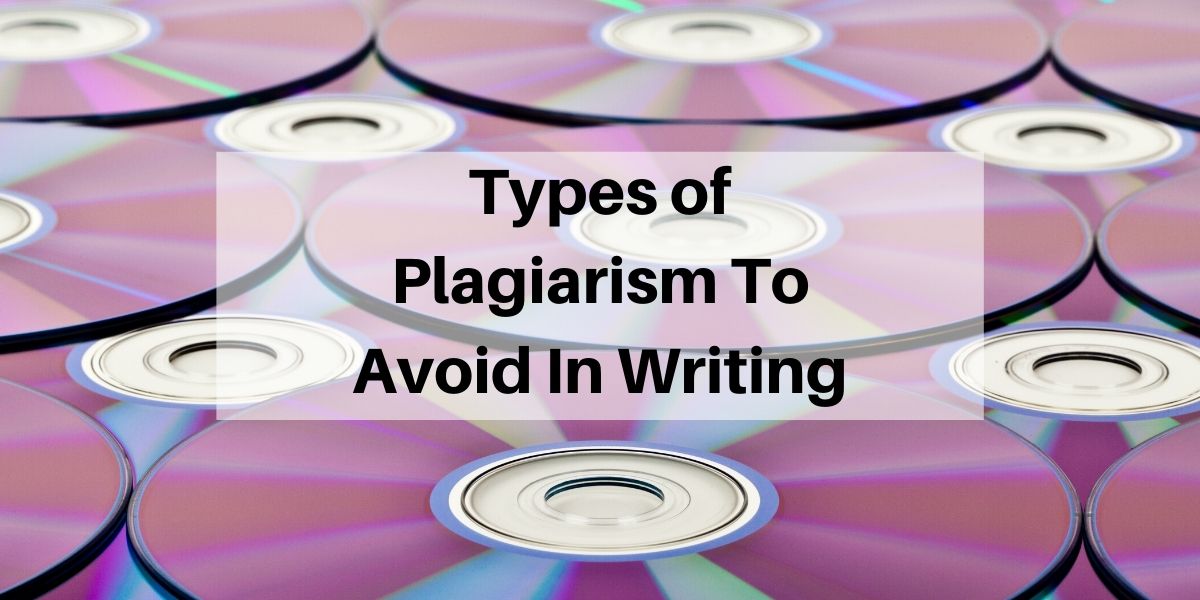Plague is not only a HUMAN disease. Written content can also get SICK if it’s plagiarized.
To avoid SICK content, you must know the different types of plagiarism, how they affect the quality of your content, and how to stay away from them.
Let’s get started. We’ll cover:
What is Plagiarism?
Know the copycats? Plagiarism is the same.

When you use other’s work or ideas in your writing without giving them due credit and publish them as your own to gain recognition, it’s PLAGIARISM.
In simple words,
If you steal the text from another author without credit, it’s plagiarism.
The keyword here is “STEAL”.
You can use other’s ideas/thoughts in your content, but frame it in your own words and give due credit to the original author. If you don’t, it is literary theft and illegal.
Is Plagiarism a Crime?
Plagiarism is not a criminal offense. However, if it infringes on an author’s intellectual property rights like copyright or trademark, he might sue you in court.
What are the Types of Plagiarism?
1. Complete Plagiarism
It’s the severest types of plagiarism. Copying the entire content of another writer and submitting it under your name is complete plagiarism.
For example:
If you copy the entire blog post of another blogger and publish it on yours, it will be a complete plagiarism.
2. Source-based Plagiarism
When writing content for an e-book or a medical manuscript, you must cite your referrals.
However, the following actions in referral citing are considered as plagiarism:
- Citing an incorrect source or the one that does not exist.
- Using a secondary source of information but citing only the primary one.
- Making up your data to support your findings.
- Changing the data from the source and republishing as your own.
3. Direct Plagiarism
How many times does the writer use a famous quote from another author?
MANY!!
But you should use such quotes within quotation marks along with the name of the author.
But, if you copy the quotation from another author word-to-word, omit the quotation marks, and publish it under your name, it is called direct plagiarism.
4. Self or Auto Plagiarism
Reusing a considerable amount of text from your own published work without attribution is self-plagiarism.

5. Paraphrasing plagiarism
Using other’s writing with some paraphrasing of the sentences and passing it as one’s own is also plagiarism.
Even if you change the words and the sentences, the idea originally belongs to someone else. If you publish it without attribution, it is an act of plagiarizing.
6. Inaccurate Authorship
Inaccurate authorship happens in two ways:
- When many writers contribute to a piece, but all doesn’t get the credit for their work.
- A person who didn’t contribute to the content gets the credit of an author.
Either way, it violates the code of conduct and is an act of plagiarism.
Every person who contributes significantly towards a content piece, even a little should be acknowledged.
7. Mosaic Plagiarism
This type of plagiarism is more common in writing medical manuscripts.
Interposing someone else’s phrases or text within your own research is called mosaic plagiarism. It’s always done intentionally.
8. Accidental Plagiarism
Sometimes copying of text may occur accidentally because of neglect, mistake, or unintentional paraphrasing.
How to Avoid Different Types of Plagiarism?

To avoid plagiarism and improve the content, follow these steps:
- ALWAYS research your topic before you write. Look up 10-15 sites to know what they have written about the topic. (Read: Why to research your topic before writing?)
- Do not copy-paste the exact text from your reference site. Grasp the idea and write it in your own words.
- When taking quotes or content from the reference paper or your previous published paper, cite them correctly.
- ALWAYS cross-check your content with plagiarism-checking websites to avoid any accidental plagiarism.
- Proofread and edit your content before hitting the ‘Publish’ button.
Pro Tip: If you publish on WordPress, use the WP Copy Content Protection plugin to save your content from being copied.
Final Verdict on Types of Plagiarism
Want your content to stand out?
Then, DON’T plagiarise. OR You might even land in jail.
FOLLOW the above 5 steps to avoid all types of plagiarism in your content.

Now, I want to hear from you!
What type of plagiarism has been hurting your content? What did you do about it? Share in the comments.
Know someone who plagiarizes his content? Warn them by sharing this post.
- Should you Rely on AI Content Detectors? (A Critical Look) - March 20, 2025
- Empower your Juggle: 10 Essential Work-Life Balance Tips for Moms - September 13, 2023
- Mastering Stress Management at Work fora Productive Career - September 13, 2023

